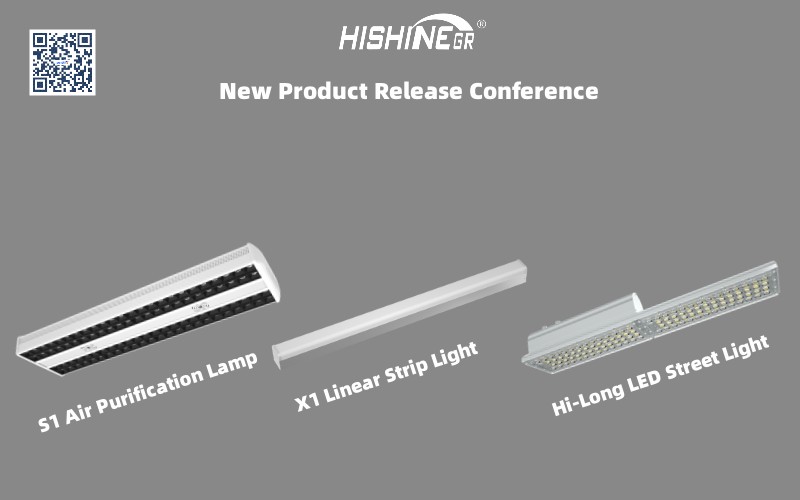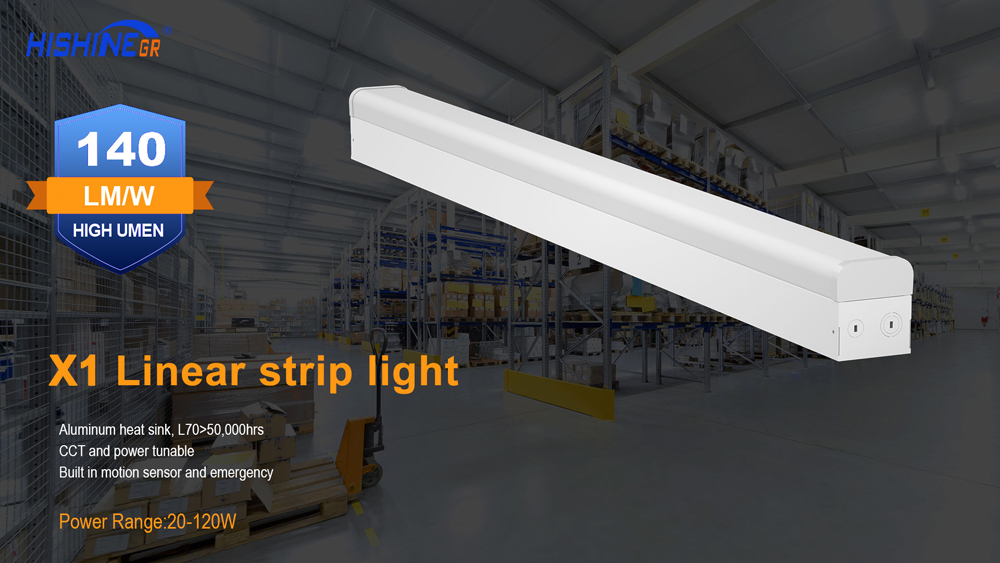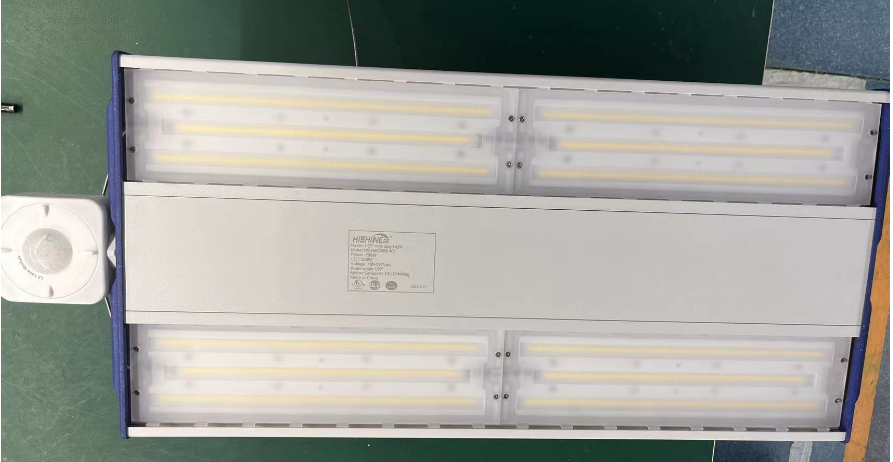LED lights are becoming increasingly popular as they offer energy-efficient lighting solutions with a longer lifespan compared to traditional incandescent bulbs. However, LED lights are not immune to light decay, a phenomenon where the brightness of the lamp decreases over time. In this article, we will explore what LED lamp light decay is, its causes, and why it is important to address this issue.

LED lamp light decay refers to the gradual reduction in brightness of an LED lamp over time. This phenomenon is also known as lumen depreciation. Unlike traditional incandescent bulbs that suddenly burn out, LED lamps slowly lose their brightness over time. This means that even though the LED lamp may still be functioning, it may not be producing the same amount of light as it did when it was first installed.

LED lamp light decay is caused by a combination of factors. The most common cause is the breakdown of the LED chip inside the lamp. As the LED chip degrades, it produces less light, leading to a decrease in brightness. Other factors that contribute to LED lamp light decay include:
1. Heat: LED lights generate heat, which can cause the LED chip to degrade faster.
2. Overdriving: Running an LED lamp at a higher current than it is designed for can cause the LED chip to degrade faster.
3. Environmental factors: Exposure to moisture, dust, and other environmental factors can also contribute to LED lamp light decay.
Why Should You Care About LED Lamp Light Decay?
LED lamp light decay can have several negative consequences. Firstly, it can lead to a decrease in the quality of light produced by the lamp. This can impact visibility, making it harder to see in poorly lit areas. Secondly, it can reduce the lifespan of the LED lamp, leading to more frequent replacements and higher costs. Finally, it can impact energy efficiency, as a less bright LED lamp may require more energy to produce the same amount of light.

There are several ways to reduce LED lamp light decay and extend the lifespan of your LED lights:
1. Choose high-quality LED lamps: High-quality LED lamps are designed to withstand the stresses that cause light decay.
2. Control the operating temperature: Keeping the operating temperature of the LED lamp within the recommended range can help reduce light decay.
3. Use proper drivers: Using the correct drivers for your LED lights can help prevent overdriving, which can cause light decay.
4. Keep the environment clean: Regular cleaning and maintenance can help prevent environmental factors from contributing to light decay.
The LED lights in the Hishine Group Limited have Good performance in reducing decay. especially Hishine LED sports court lights, LED street lights and LED linear high bay light.
1.Hishine LED lihgt is made from die-casting aluminum, this kind material can offer good heat dissipation. It can effectively dissipate heat to the LED and reduce the light decay of the LED lamp bead.
2.The driver of Hishine LED light is isolated from the lamp beads, so that the heat emitted by the driver will not affect the LED lamp beads, so that the light decay of the LED lamp beads will not be reduced.

In conclusion, LED lamp light decay is a common issue that can impact the quality, lifespan, and energy efficiency of LED lights. By understanding the causes and taking steps to reduce light decay, we can ensure that our LED lights continue to provide high-quality and energy-efficient lighting for years to come.
Author 2025-06-12
Hishine Group Limited Will Meet Customers In Mexico City.Hishine is thrilled to announce its participation in Expo Eléctrica International 2025, Latin America’s premier trade fair for power and lighti...
Author 2025-05-12
Our recent business trip to Saudi Arabia proved to be a pivotal step in strengthening partnerships and exploring opportunities in the Kingdom’s rapidly growing energy and lighting markets. Below are t...